The temperature coefficient of a capacitor, often denoted as "TC" or "α," describes how the capacitance of the capacitor changes with temperature. It is expressed in parts per million per degree Celsius (ppm/°C) and indicates whether the capacitance increases or decreases as the temperature varies. Here are some key points about the temperature coefficient of AC capacitors:
1.Positive Temperature Coefficient (PTC): A positive temperature coefficient means that the capacitance of the capacitor increases as the temperature rises. In other words, the capacitor's capacitance value becomes higher at elevated temperatures. PTC capacitors are relatively rare, and their applications are limited.
2.Negative Temperature Coefficient (NTC): A negative temperature coefficient means that the capacitance of the capacitor decreases as the temperature rises. This is the most common type of temperature coefficient for capacitors. NTC capacitors are widely used in various electronic circuits and applications.
3.Stability: The temperature coefficient is an essential parameter for applications where precise and stable capacitance values are required, especially over a range of operating temperatures. Capacitors with a low ppm/°C value have better temperature stability and are preferred in such cases.
4.Capacitor Types: Different types of capacitors exhibit varying temperature coefficients. For example:
Ceramic capacitors often have a positive temperature coefficient.
Polyester and polypropylene film capacitors tend to have low and negative temperature coefficients, making them suitable for applications requiring stable capacitance values.
Electrolytic capacitors may have different temperature coefficients depending on their construction and dielectric material.
5.Applications: In some applications, maintaining consistent capacitance values across a wide temperature range is critical. For example, in precision timing circuits, filters, and oscillators, capacitors with low and stable temperature coefficients are preferred to ensure accurate performance.
6.Compensation: In certain applications, such as temperature compensation circuits, capacitors with specific temperature coefficients are deliberately chosen to offset the temperature-dependent characteristics of other components in the circuit.
7.Testing and Specifications: Manufacturers typically specify the temperature coefficient of their capacitors in datasheets. Engineers and designers should consult these specifications to select the appropriate capacitor for their application.
8.Operating Range: It's essential to choose capacitors with a temperature coefficient that matches the expected operating temperature range of the application. Extreme temperatures can lead to significant changes in capacitance, affecting circuit performance.
In summary, understanding the temperature coefficient of capacitors is crucial when designing circuits or systems where temperature variations can impact performance. Selecting capacitors with the appropriate temperature coefficient ensures that the capacitance remains stable and within the desired range under varying environmental conditions.

 简体中文
简体中文 English
English Español
Español عربى
عربى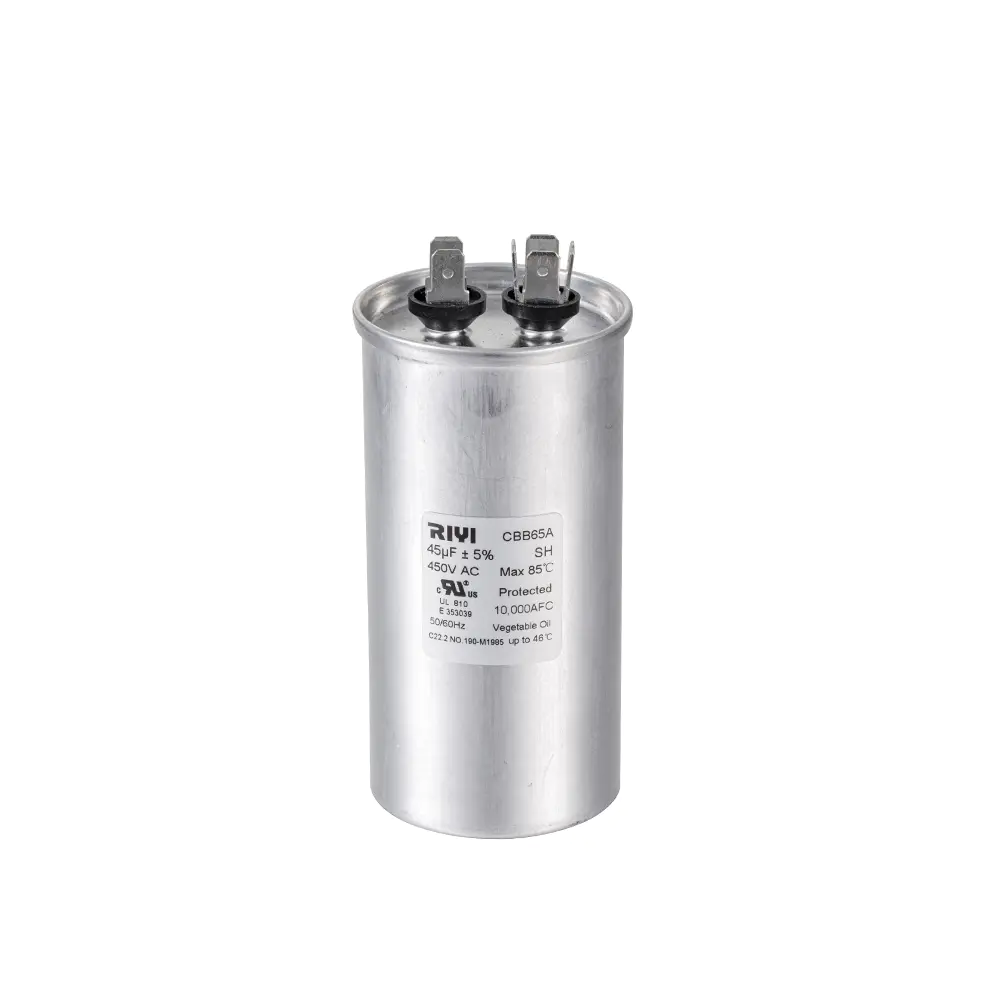
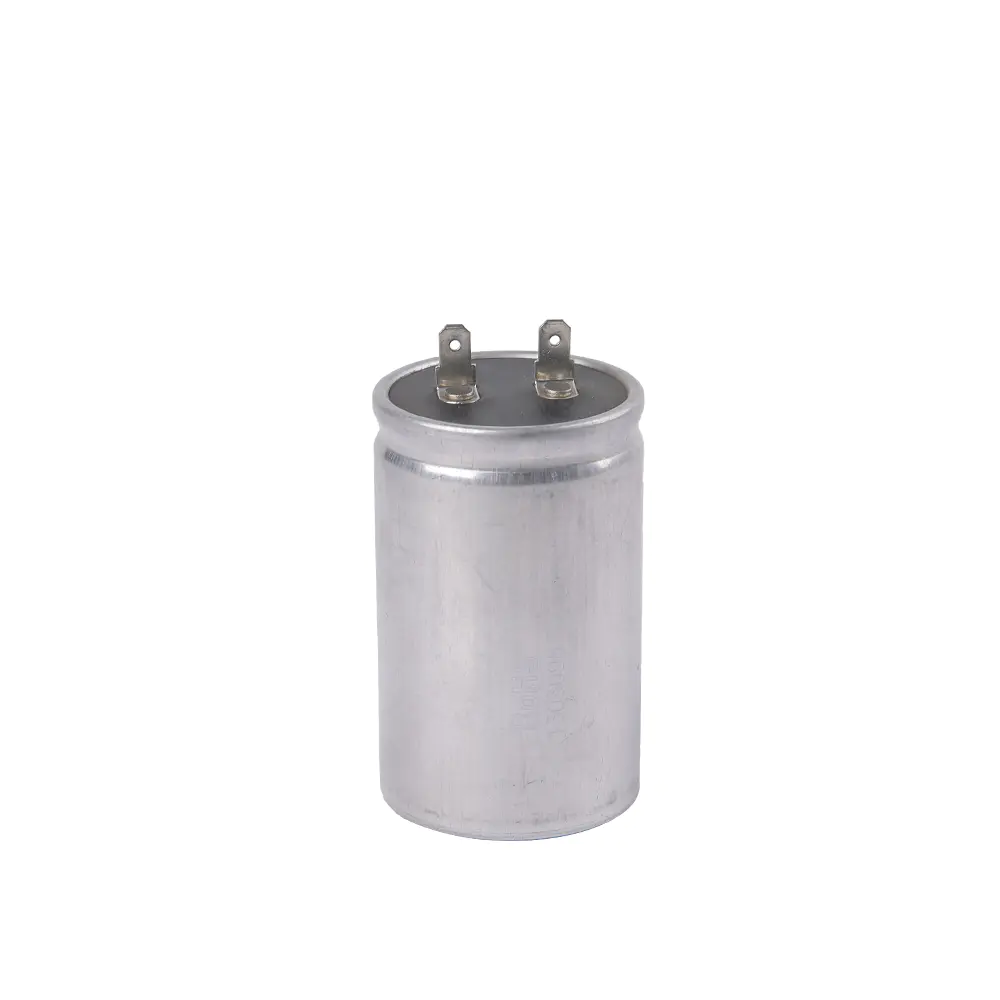
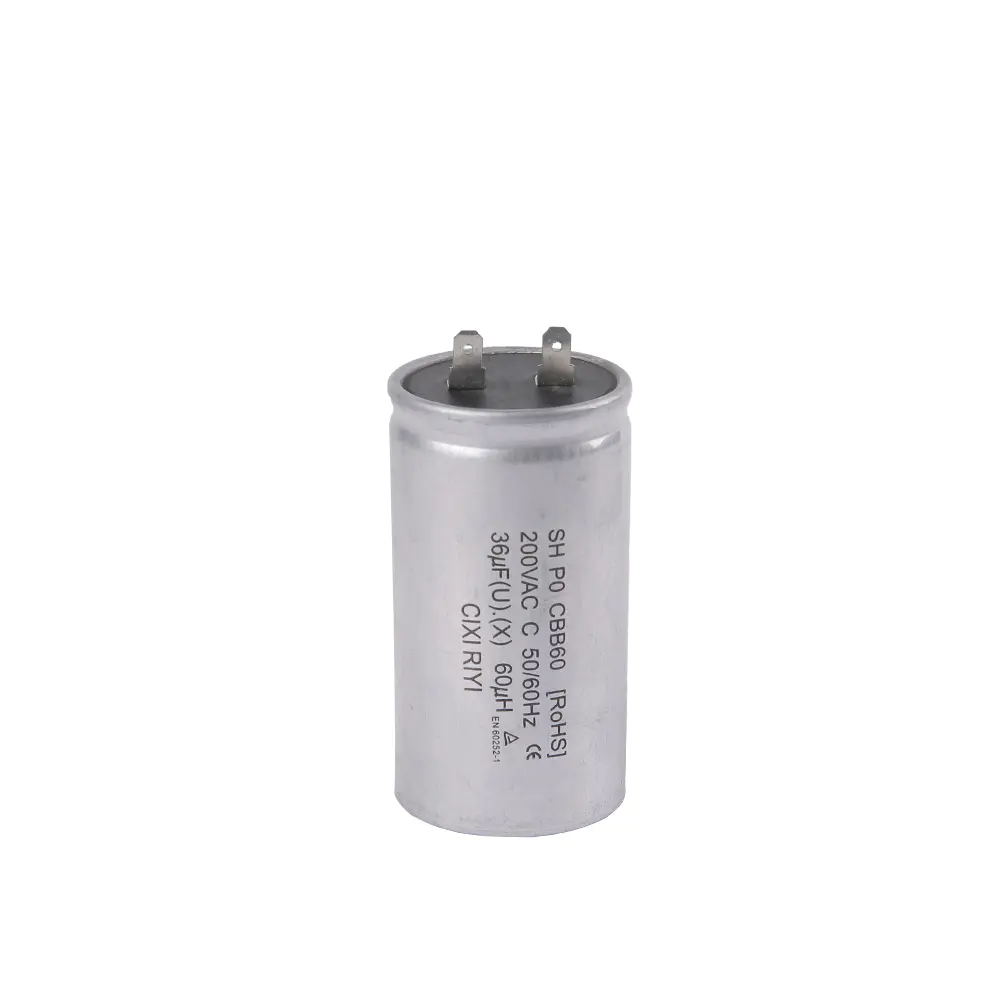
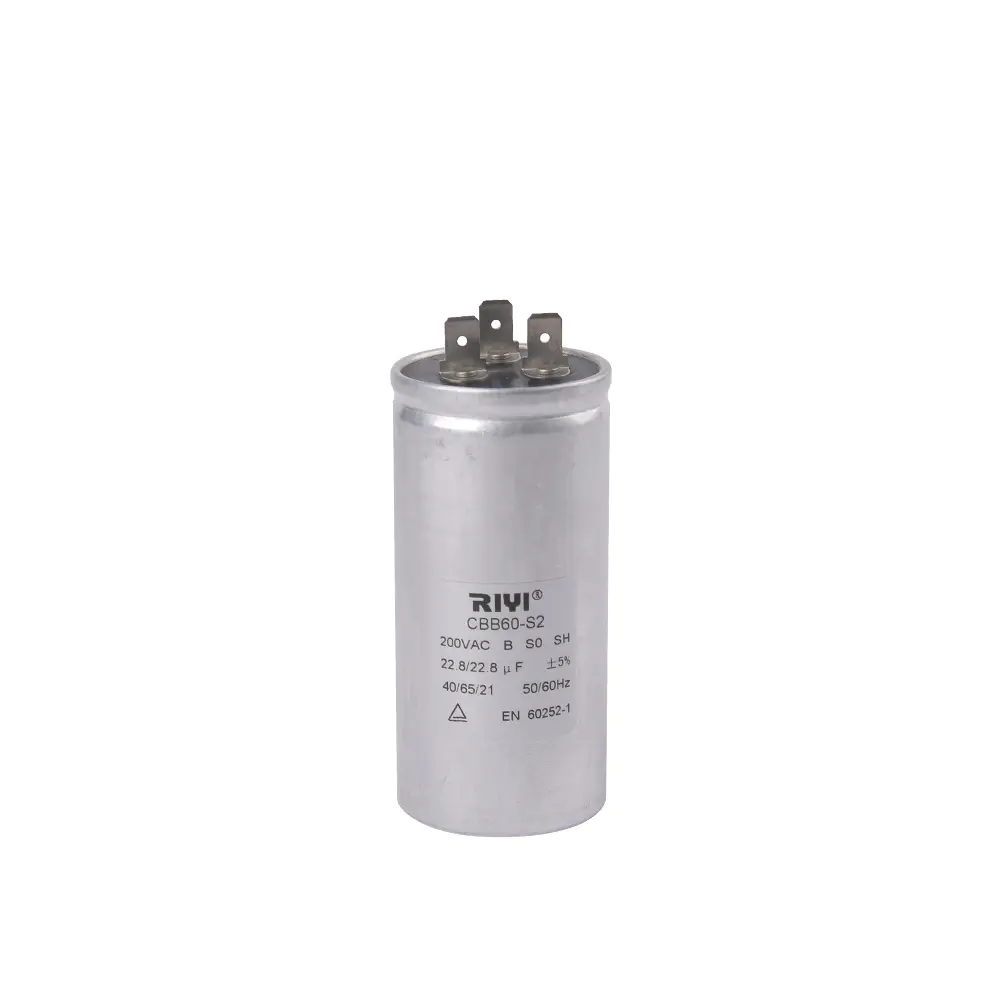
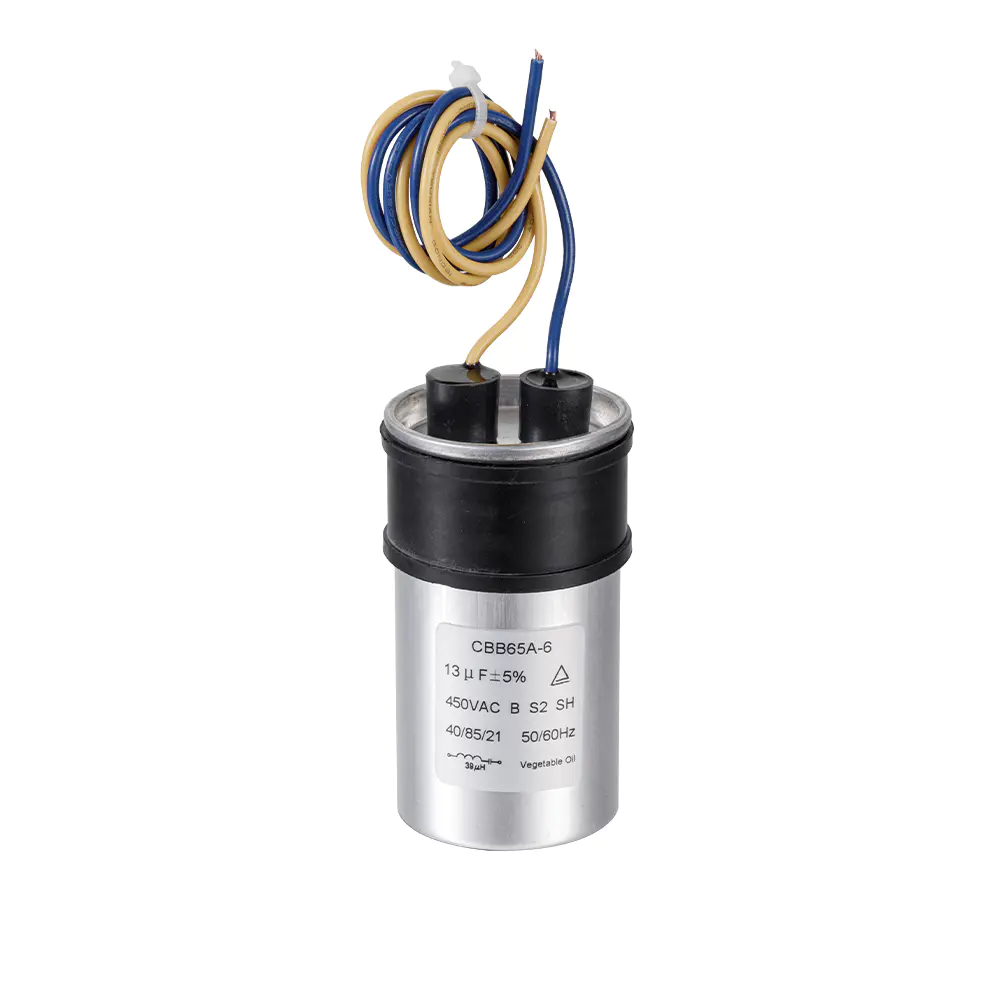
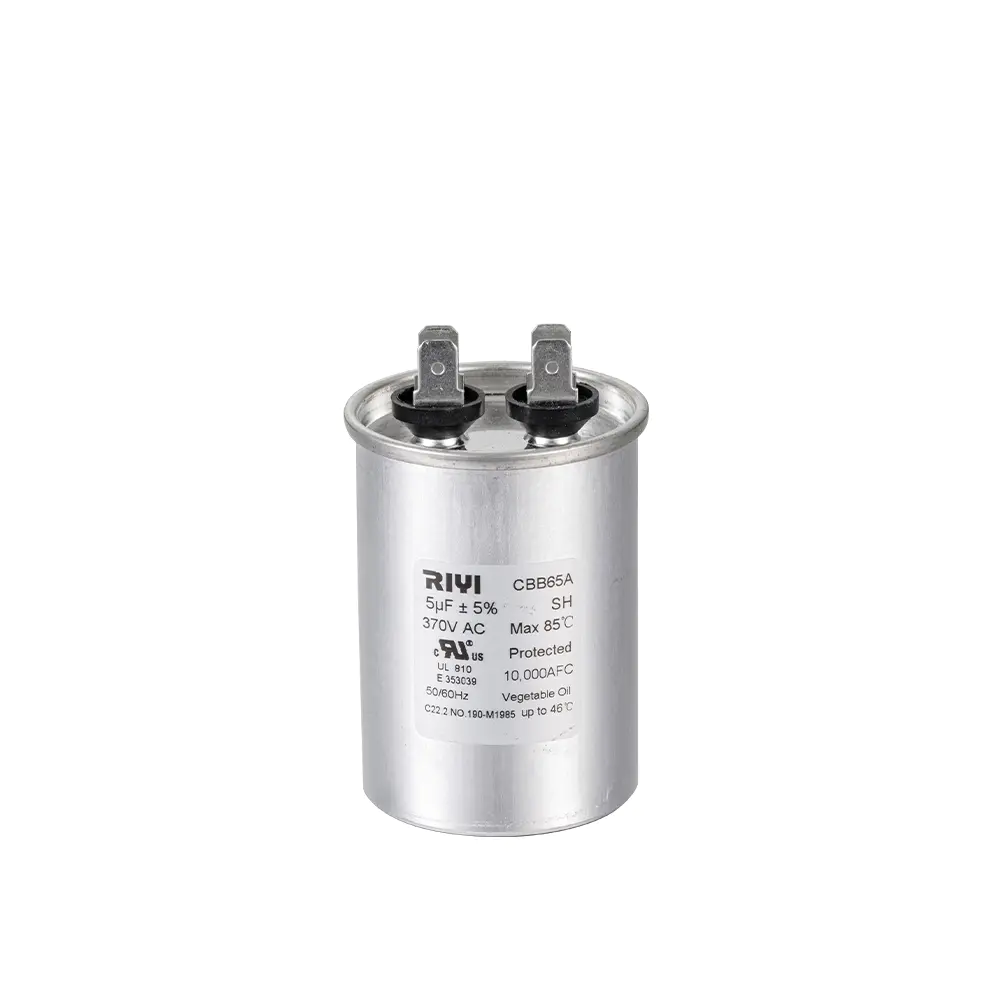
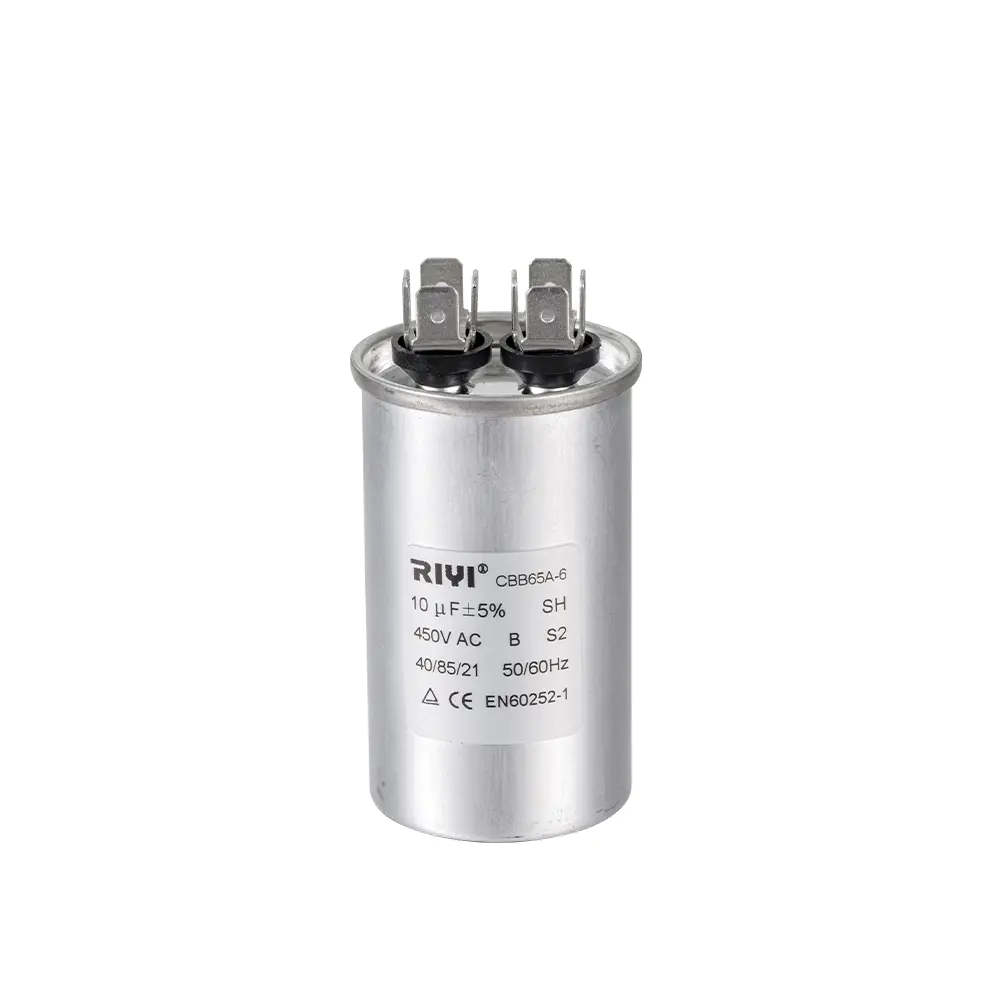
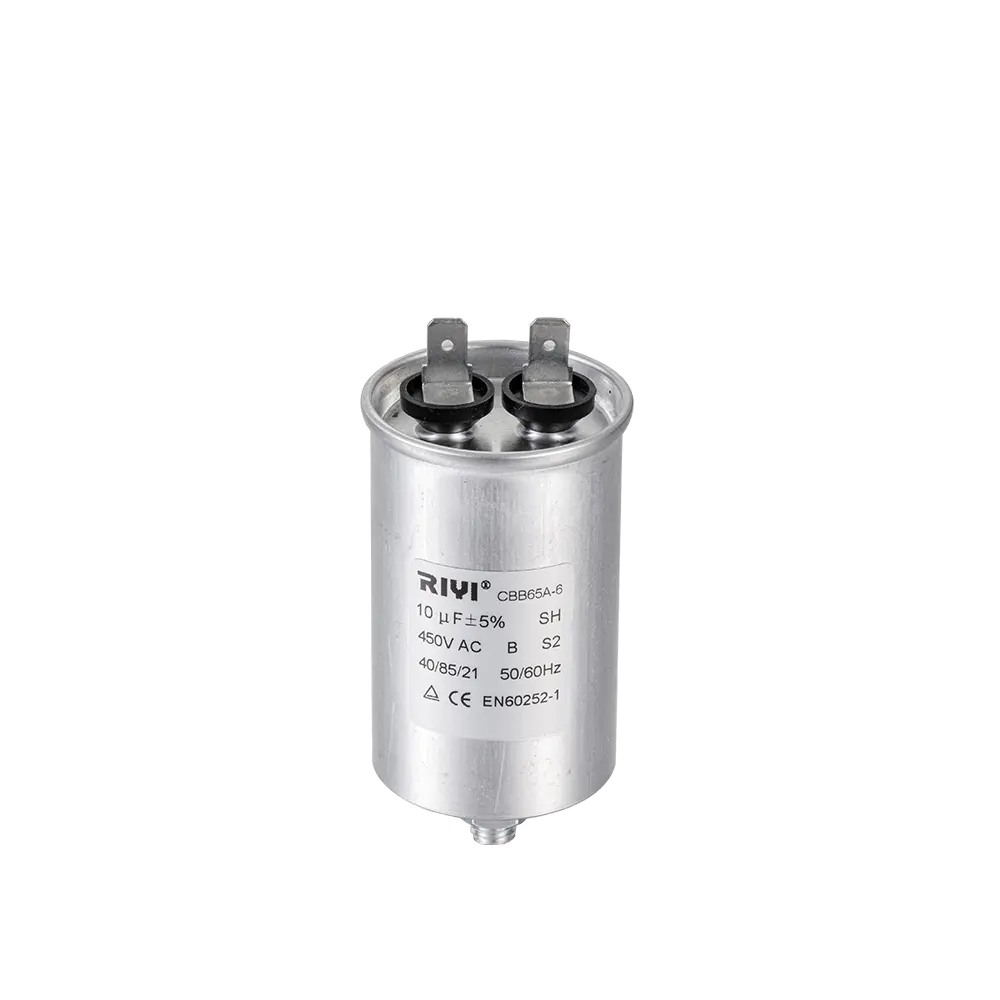
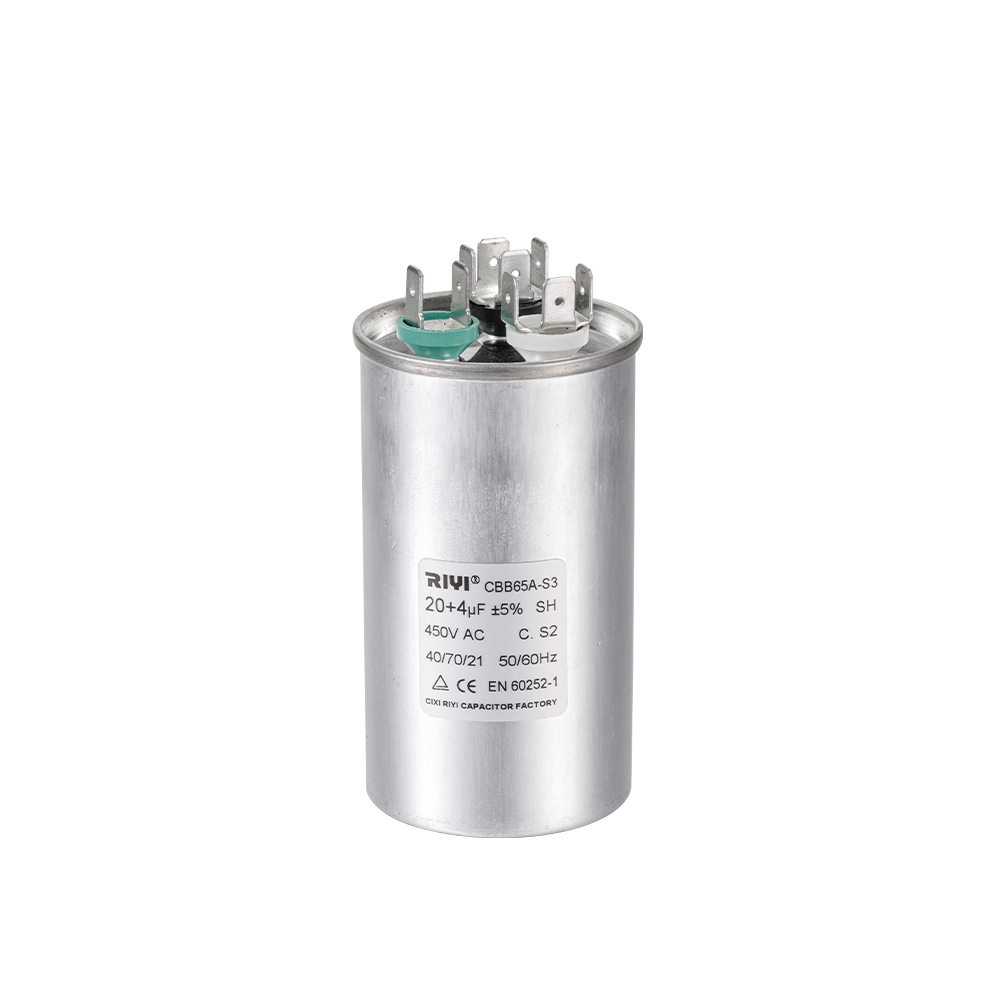
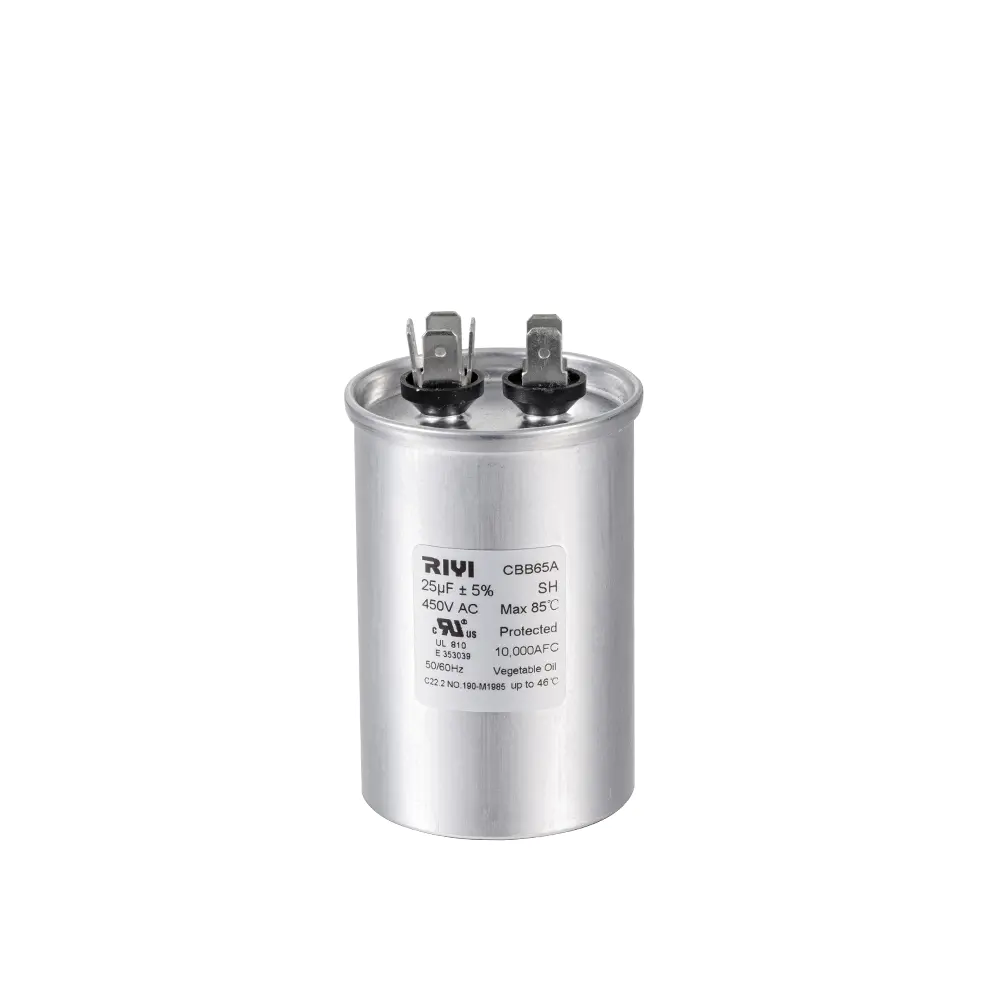
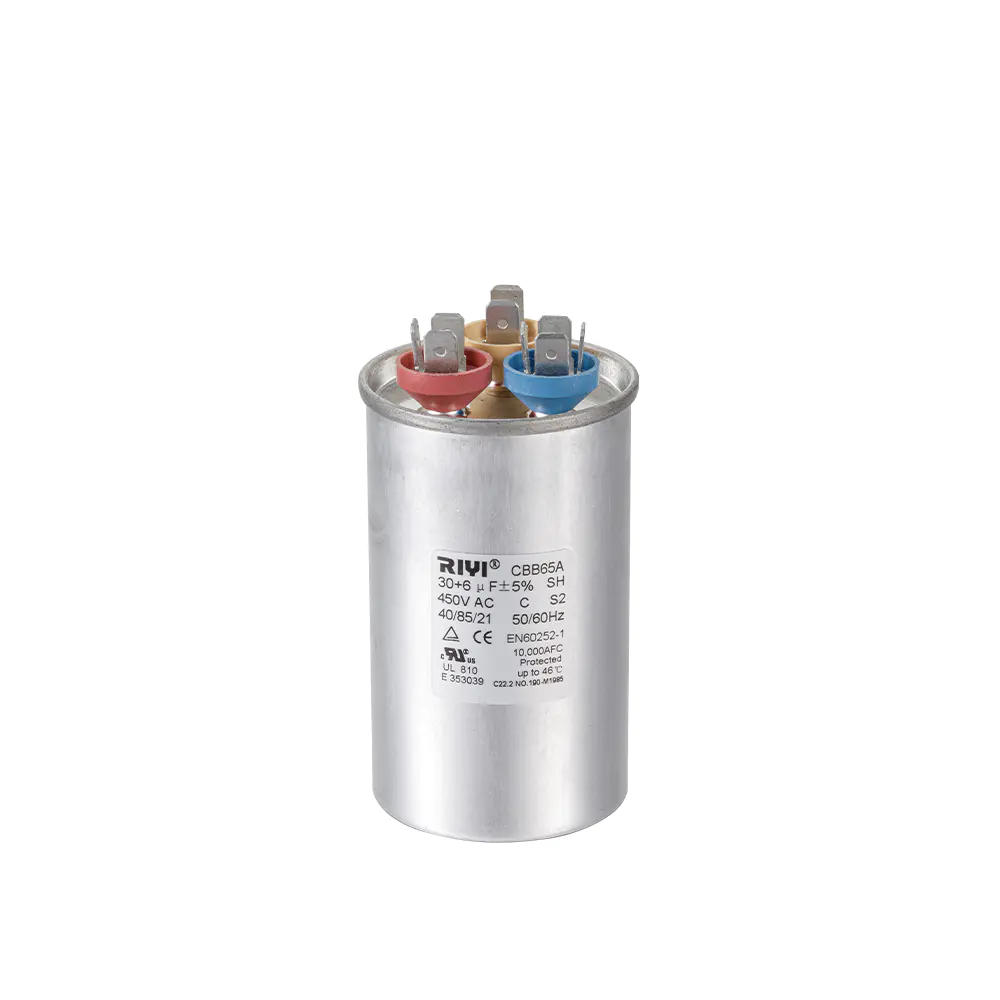
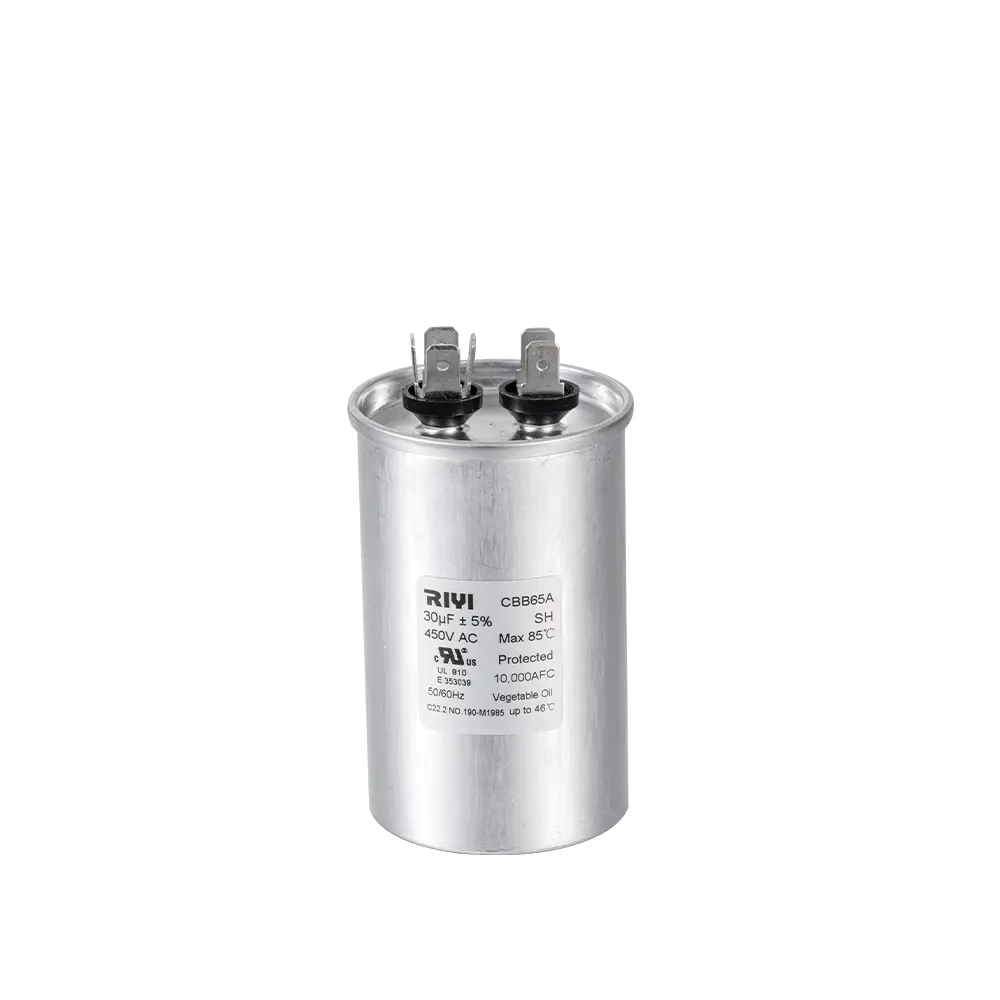

 +86-13600614158
+86-13600614158
 +86-0574-63223385
+86-0574-63223385 Zonghan Street,Cixi City,Zhejiang Province,China.
Zonghan Street,Cixi City,Zhejiang Province,China.